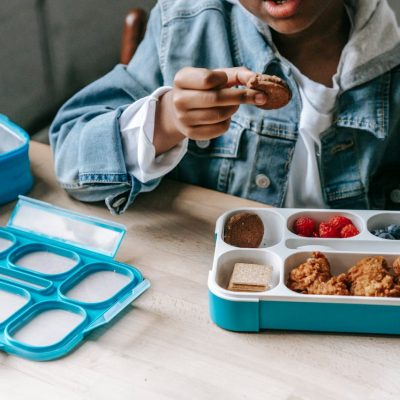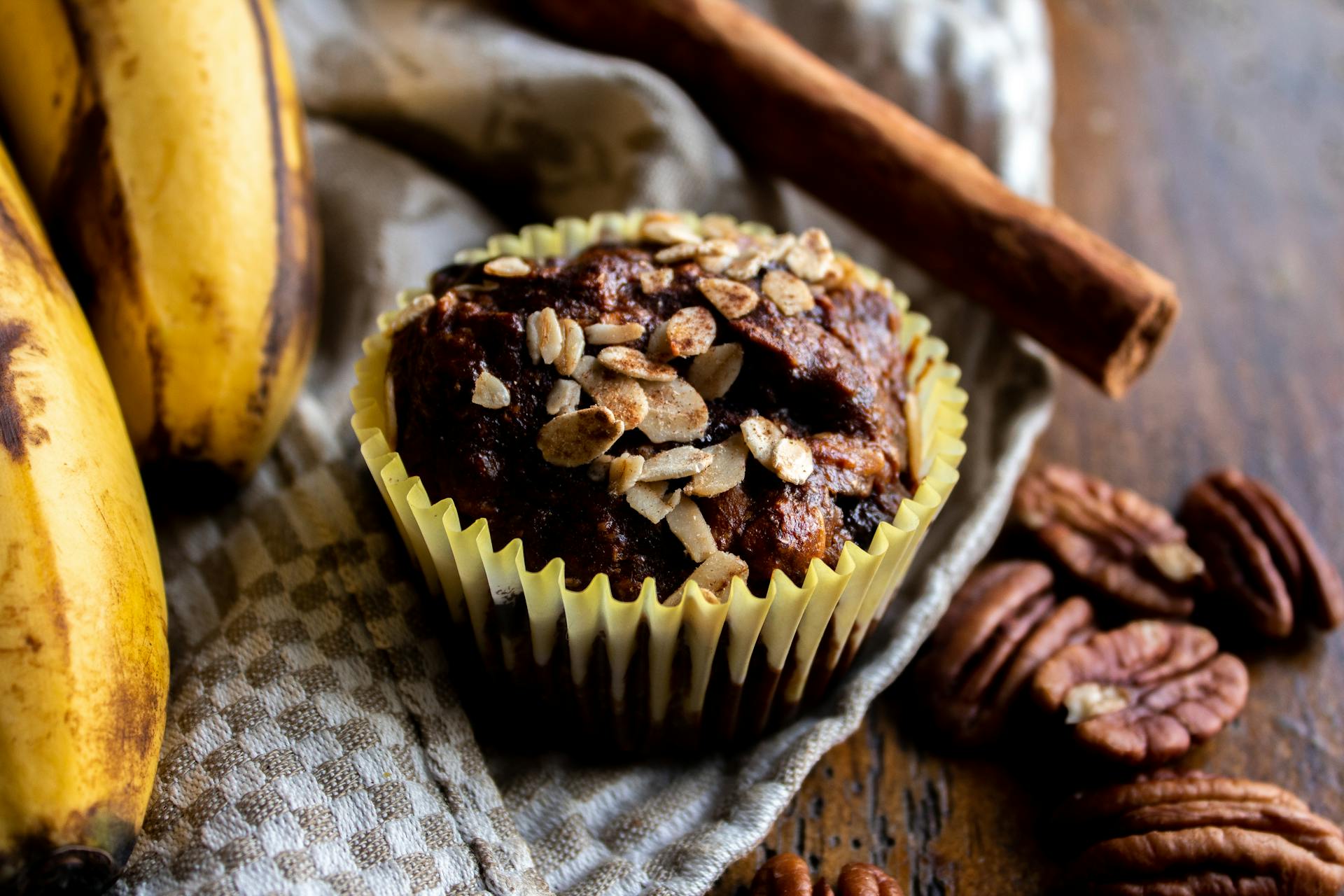Probiotics are live bacteria and yeasts that provide health benefits, particularly for digestion and immunity. While they are often associated with adults, probiotics are equally important for children. A child’s gut microbiome plays a crucial role in overall health, affecting digestion, immunity, and even mood.
In this article, we will explore why probiotics are essential for kids, the best sources, how they help with common childhood issues, and how to introduce them safely into a child’s diet.
Understanding Probiotics and the Gut Microbiome
The gut microbiome consists of trillions of bacteria, both good and bad. A balanced microbiome supports digestion, nutrient absorption, and immunity, while an imbalance can lead to issues like constipation, diarrhea, and weakened immunity.
Good vs. Bad Bacteria
- Good bacteria (Probiotics): Aid digestion, boost the immune system, and prevent harmful bacteria from overgrowing.
- Bad bacteria: Cause infections, digestive issues, and inflammation when they outnumber good bacteria.
How Probiotics Work
Probiotics help restore gut balance by replenishing good bacteria, preventing harmful bacteria from thriving, and enhancing digestion. They also produce beneficial compounds that support immune function.
Health Benefits of Probiotics for Kids
1. Improves Digestion
Probiotics help break down food, making it easier for the body to absorb nutrients like calcium, iron, and vitamins. They also help manage conditions like irritable bowel syndrome (IBS).
2. Supports Immune Function
Since 70% of the immune system is in the gut, a healthy microbiome is essential for a strong immune response. Probiotics enhance immune defenses, reducing the likelihood of infections.
3. Prevents Diarrhea and Constipation
Probiotics, particularly strains like Lactobacillus and Bifidobacterium, help regulate bowel movements, reducing the risk of diarrhea and constipation.
4. Reduces Risk of Allergies and Eczema
Studies suggest that probiotics can help lower the risk of food allergies and eczema in children by promoting gut health and reducing inflammation.
5. Supports Mental Health
The gut-brain connection means a healthy gut can positively affect mood and cognitive function, potentially reducing anxiety and stress in children.
Best Sources of Probiotics
Food Sources
- Dairy-based: Yogurt, kefir, cheese
- Plant-based: Sauerkraut, miso, kimchi, tempeh
- Fermented drinks: Kombucha, non-dairy probiotic drinks
Probiotic Supplements
If dietary sources are insufficient, probiotic supplements can be a great alternative. Look for:
- CFU count: 1–10 billion CFUs per dose for kids
- Strain variety: Lactobacillus rhamnosus, Bifidobacterium breve, Saccharomyces boulardii
- Form: Chewable tablets, powders, or liquid drops
Probiotics for Common Childhood Conditions
1. Infant Colic Relief
Studies show that Lactobacillus reuteri can reduce excessive crying and discomfort in colicky infants.
2. Managing Antibiotic Side Effects
Antibiotics can disrupt gut bacteria, leading to diarrhea. Taking probiotics alongside antibiotics can help replenish lost bacteria and prevent digestive upset.
3. Addressing Food Sensitivities
Probiotics may help improve gut barrier function, reducing the risk of food allergies and intolerances.
4. Preventing Respiratory Infections
Children taking probiotics have been shown to experience fewer colds, ear infections, and respiratory illnesses.
Prebiotics vs. Probiotics: What’s the Difference?
- Probiotics: Live beneficial bacteria that support gut health.
- Prebiotics: Non-digestible fibers that feed probiotics, promoting their growth.
- Best Prebiotic Foods: Bananas, onions, garlic, oats, asparagus
Combining prebiotics with probiotics creates a synergistic effect, maximizing gut health benefits.
Are Probiotics Safe for Kids?
1. Safety Considerations
- Generally safe for healthy children
- May cause mild bloating or gas initially
- Consult a doctor before giving probiotics to immunocompromised children
2. Choosing the Right Probiotic
- Start with small doses
- Choose age-appropriate strains
- Look for reputable brands with quality assurance
How to Introduce Probiotics to Kids
- Mix probiotic powder into smoothies, yogurt, or applesauce
- Choose fun, flavored probiotic gummies or chewables
- Offer probiotic-rich foods as part of meals
Conclusion
Probiotics are an essential part of a child’s health, supporting digestion, immunity, and overall well-being. By incorporating probiotic-rich foods or supplements into their routine, parents can help their children develop a healthy gut microbiome. However, consulting a healthcare professional before introducing probiotics is always recommended.
FAQs
1. Can probiotics help with lactose intolerance?
Yes, certain probiotic strains like Lactobacillus acidophilus help digest lactose and reduce symptoms.
2. How long does it take to see benefits?
Most children see improvements within a few days to weeks, depending on the condition being addressed.
3. Can probiotics cause allergies?
Rarely. However, it’s important to check labels for allergens like dairy or soy.
4. Do probiotics replace a healthy diet?
No, probiotics complement a healthy diet but do not replace it.
5. Are there probiotic-rich foods kids enjoy?
Yes! Yogurt, cheese, and probiotic smoothies are delicious ways to include probiotics in a child’s diet.
















